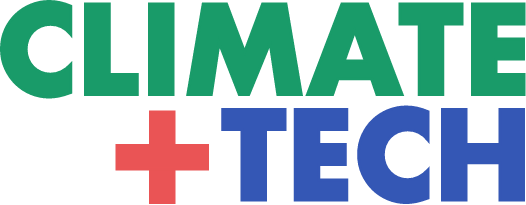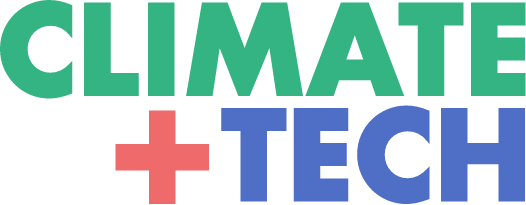The DGNB Certification AI Tool is your digital assistant, simplifying the DGNB certification journey and promoting sustainable building practices.
Optimize Your Building Projects with the DGNB Certification AI Tool
Optimize Your Building Projects with the DGNB Certification AI Tool
We have developed specialized GPT models tailored to the DGNB framework to enhance the question-answering process. Recognizing the current limitations of GPTs and the need for more sophisticated solutions, we have nonetheless introduced this DGNB certification AI tool to engage a broad user base, gather valuable feedback, and refine our technology.
The German Sustainable Building Council (DGNB - Deutsche Gesellschaft für Nachhaltiges Bauen) sets forth stringent criteria for eco-friendly construction, offering a detailed framework to evaluate a building’s sustainability throughout its lifecycle. Our AI-driven tool penetrates the depth of these standards, providing a user-friendly and interactive experience to fully grasp the benefits of DGNB certification for your projects.
The Importance of DGNB Certification
DGNB certification represents a holistic and adaptable benchmark for sustainability, suitable for a variety of building types and purposes. It covers an extensive array of sustainability facets, including resource efficiency and inhabitant comfort, positioning it as a top-tier standard for projects dedicated to achieving sustainable construction excellence.
Your Digital Companion: The DGNB Certification AI Tool
Faced with the intricate and extensive DGNB criteria, the DGNB Certification AI Tool emerges as your indispensable companion. Crafted to deliver swift and precise responses to your DGNB-related inquiries, our tool streamlines the certification pathway, rendering it more approachable and efficient. It is an essential resource for architects, developers, and sustainability consultants, aiding you to:
- Decode DGNB Criteria: Receive detailed explanations and advice on the various criteria within the DGNB certification.
- Enhance Project Alignment: Determine strategies for your project to align with or surpass DGNB standards.
- Ease the Certification Journey: Traverse the certification landscape with increased clarity and assurance.
Demonstrating the Future of Sustainable Construction
The DGNB Certification AI Tool is a testament to our dedication to fostering sustainable construction through technological innovation. As a valuable asset in its current form, we are committed to the ongoing development of sophisticated features to expand its functionality.
Engage with Us
We are eager to hear from you. Your insights and experiences are crucial to our progress, motivating us to polish our tool and create novel solutions that cater to your requirements. Should you have any proposals, inquiries, or specific scenarios you wish to discuss, we welcome you to reach out. Together, we can propel sustainable construction forward.
Exploring the DGNB System: A Dialogue on Sustainable Building Practices
Please answer the following questions
Detailed Objective of ENV1.1 Criterion: What are the specific objectives of the ENV1.1 criterion regarding the ecological quality of new buildings according to the DGNB system? How does it intend to address the lifecycle environmental impact of buildings?
Lifecycle Planning for Ecological Quality: In what ways does the DGNB system recommend incorporating lifecycle planning into the design and construction of buildings to enhance ecological quality? What tools or methodologies does it advocate for this purpose?
Targeted Environmental Impacts in Building Lifecycle: Which environmental impacts are prioritized for minimization under the DGNB system during a building’s lifecycle, according to the ENV1.1 criterion? How does the system propose to quantify or assess these impacts?
Support for Planners and Architects: How does the DGNB system provide support to planners and architects in making environmentally oriented decisions during the planning phase? Are there specific guidelines or assessment tools mentioned for achieving this?
Methodologies for Environmental Impact Identification: What specific methodologies does the DGNB system recommend for identifying and assessing the environmental impacts of buildings throughout their lifecycle? How are these methodologies applied within the framework of the ENV1.1 criterion?
To answer your questions based on the DGNB criteria for new buildings (Version 2018), let’s summarize the key points:
Detailed Objective of ENV1.1 Criterion: The ENV1.1 criterion focuses on minimizing environmental impacts across a building’s lifecycle, promoting sustainable resource use and reducing emissions. It aims for a comprehensive, lifecycle-oriented approach to planning and constructing buildings.
Lifecycle Planning for Ecological Quality: The DGNB system advocates for integrating lifecycle assessment (LCA) methodologies and tools from the early design phase to ensure ecological quality. This includes the use of LCA software tools and databases to evaluate potential environmental impacts.
Targeted Environmental Impacts in Building Lifecycle: Priority is given to reducing greenhouse gas emissions, resource consumption, and impacts on biodiversity. The system encourages quantification and assessment through standardized LCA methods, comparing the building’s impacts against established benchmarks.
Support for Planners and Architects: DGNB provides guidelines, certification processes, and tools for environmental impact assessment, supporting planners and architects in making informed, sustainable decisions. This includes access to LCA databases and sustainability assessment frameworks.
Methodologies for Environmental Impact Identification: The system recommends using LCA as the primary methodology for identifying and assessing impacts, applied through detailed analysis of materials, construction processes, and building operation phases within the ENV1.1 framework.
Try the OpenAI DGNB Expert Proof of Concept
We’re excited to offer a firsthand look at our OpenAI DGNB Expert. Click the link below to explore the proof of concept. Keep in mind that this is an initial version and may have limitations. Your feedback is invaluable—please share your thoughts to help us improve.

